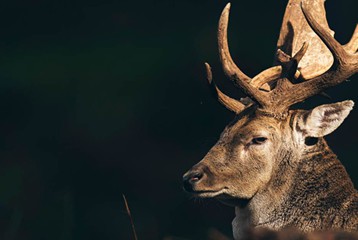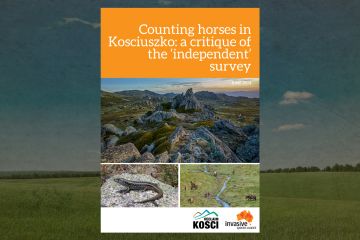Reducing Pest Animal Impacts in New South Wales Regions
A joint submission from the Invasive Species Council and the Nature Conservation Council of NSW to the 11 draft NSW Regional Strategic Pest Animal Management Plans 2018–23 that were on public exhibition for six weeks until 20 April 2018.
The regional pest plans provide a great opportunity to make a real difference – to prevent new pest species establishing, to stop the spread of harmful species, and to refocus effort on protecting the highest priority species and ecological communities from harm.
The draft plans do not ‘clearly establish expectations’ of land managers and other biosecurity participants, for they are written at too high a level and lack guidance on obligations. Nor are they likely to lead to an overall ‘reduction of pest animal impacts’, for they are mostly bereft of intentions to eradicate or contain pest species and instead rely heavily on the vague concept of ‘asset protection’. They defer specific measures to other plans, most of which are to be still written.
The submission provides 16 detailed recommendations to strengthen the draft regional pest animal plans.
This submission applies to the following eleven regions:
- Central Tablelands
- North West
- Central West
- Northern Tablelands
- Greater Sydney
- Riverina
- Hunter
- South East
- Murray
- Western
- North Coast




